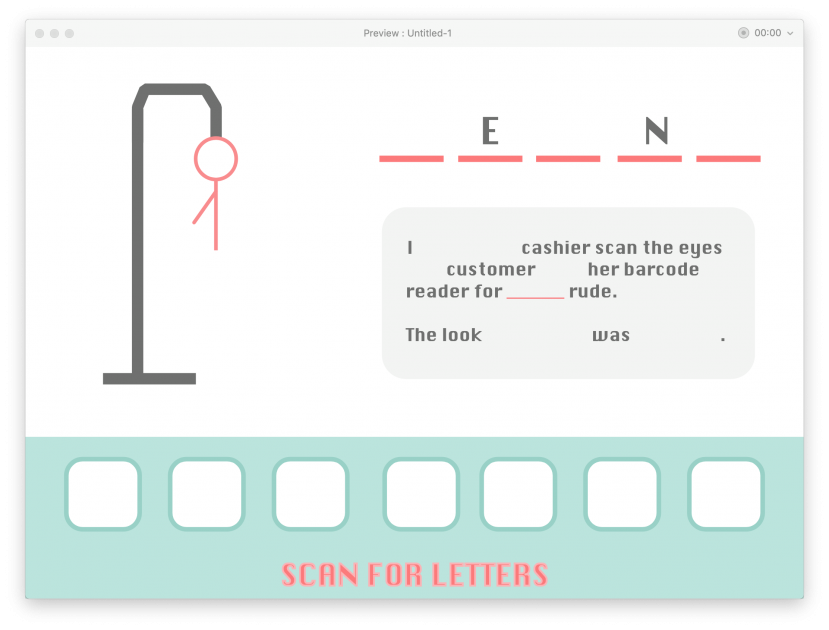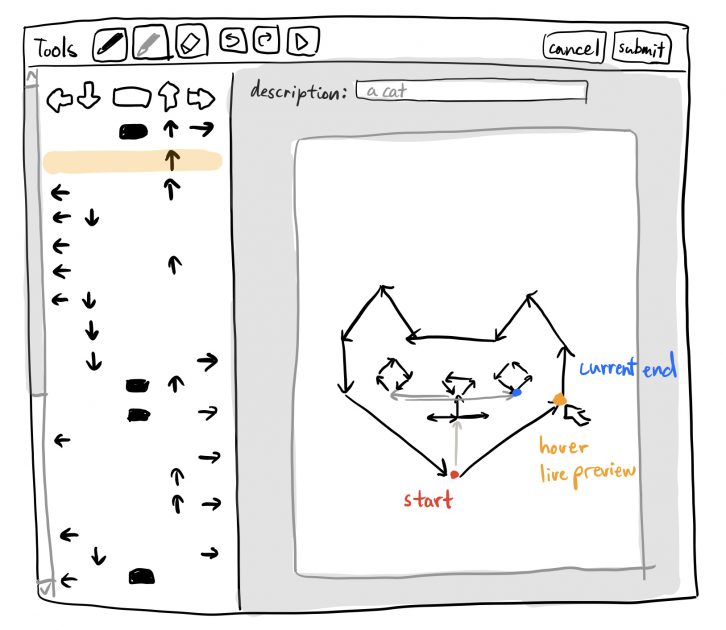From reading the responses, a lot of people mentioned “nostalgia” and the blending/bridging of digital and physical, and the concept of the internet as a physical space. A lot of people mentioned that it “retrieves” postcards and “obsolesces” sending digital messages. I really liked receiving feedback in this manner, because it allowed me to get a good feel of if I was communicating my idea effectively and how they interpreted my concept. I think that based on the responses, they understood my idea well enough. However, the next time I present my idea, I would like to focus more on my personal motivations for making this project (feeling disconnected from my mother, who I like sending postcards to but rarely have the chance to) because only one person picked up on that part during the feedback. I’m really grateful to everyone for taking the time to write down so much feedback!
Here are a subset of the responses that I thought were interesting:
“It’s nostalgic and tangible — it both embraces the internet and brings back a more personal mode of communication” -airaly
“a wonderful idea and successfully mocked up! The UI will be very important and will determine if people use this in reality.” -arialy
“We gather at night around a campfire and tell stories of our digital trends” -ulbrik
“nostalgia for physical interaction” -ulbrik
“to connect digital people with physical tokens.” – ulbrik
“intended audience: the digital native (likely old enough to appreciate the nostalgia of postcards)” – lumar
“goal: share the joy of an internet location… there’s something so innately wonderful about giving something special, that they very act of giving is a gift” – lumar
“We live on [the internet], so why not share your travels?” – lumar
this project shifts the collective towards thinking more of how the digital and physical might blend.” – lumar
“it retrieves a more personal way of sharing. Retrieving postcards, where the message has to be far more considered.” – lumar
“To connect people, show people that you’re thinking of them in a day and age where we spend so much of our time indoors and online.” – dechoes
“This makes ‘journeying’ and exploring the web feel like traveling the world. You can send postcards from your web ‘destinations.’ Very joyful.” -jaquar
“kind of an exercise in obsolescence but charming” – takos










